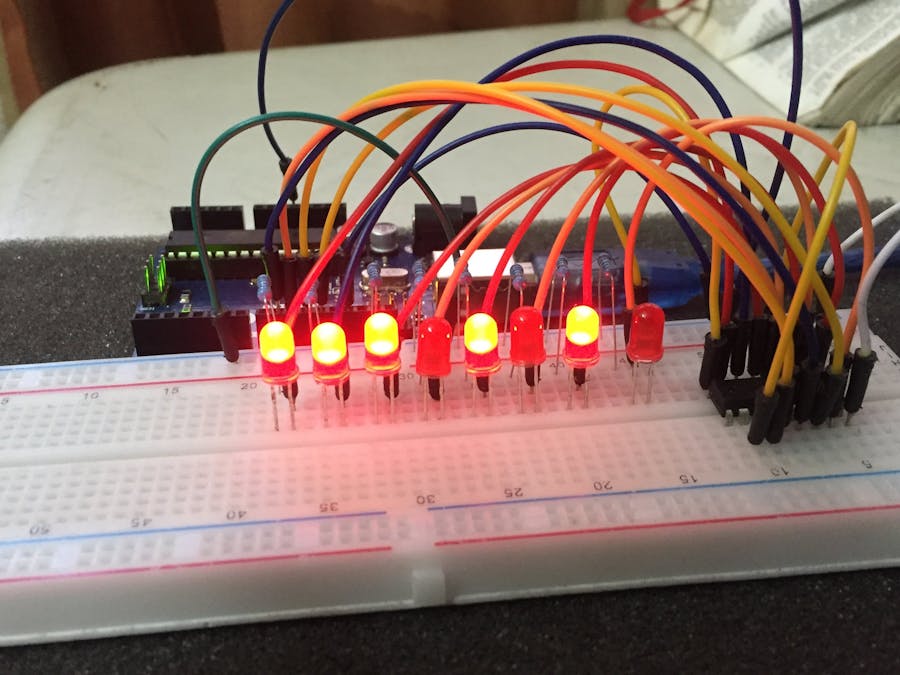

Switch all digits to the opposite: 1010 1000.Find the binary representation of the positive number 87 in the decimal system: 0101 0111.We want to convert the number -87 in the decimal system into an 8-bit binary system. Let's look at an example to better understand the one's and two's complement. The two's complement of a negative number in binary is achieved by switching all digits of the opposite positive number to opposite bit values and adding 1 to the number. The one's complement of a negative number in binary is achieved by switching all digits of the opposite positive number to opposite bit values. The signed notation has two representations: That means that the first bit indicates the sign of the number: 0 means positive, 1 is a negative value. The general concept to express negative numbers in the binary system is the signed notation. So how can we represent negative numbers in binary? But the binary system does not allow the minus symbol.

We are used to simply adding a minus symbol in front of the number if we want to express a negative number in the decimal system. Number 1111 in the binary system corresponds to 15 in the decimal system.

Digit 4 corresponds to 10¹ (40 is equal to 4 * 10¹).Digit 5 corresponds to 10⁰ (5 is equal to 5 * 10⁰).If you write down a number, for example, 345, each consecutive digit of this number corresponds to a different power of ten. That means that we use ten different digits, from 0 to 9. We usually operate in the decimal system.


 0 kommentar(er)
0 kommentar(er)
